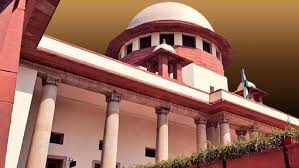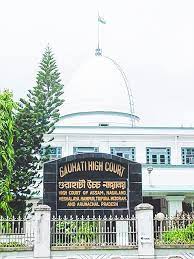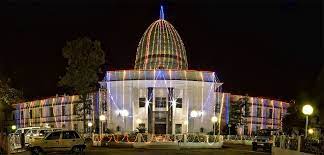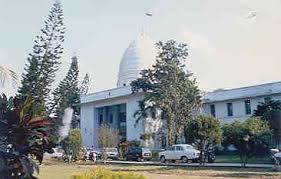Has been convicted under Section 376 of the Indian Penal Code (hereinafter referred to as ‘IPC’) and has been sentenced for seven years of R.I. and Rs.1000/-as fine, with default stipulations. (Para 1)
The school register which was produced in the court shows the date of birth of PW-5 is 04.04.1987, which would make the age of the prosecutrix at the time of the incident to be only 13½ years. However, as per her medical examination and in the doctor’s report, the prosecutrix is sixteen years of age. Moreover, the version of dated 03rd February, 2013. the mother of the prosecutrix herself is that the prosecutrix was sixteen years of age. (Para 4)
Does the testimony of the prosecutrix in the present case inspire confidence? We are afraid it does not. Let us appreciate the facts once again. Although, the first incident of rape is alleged to be of 12.09.2000, the prosecutrix does not disclose this to anyone immediately. She then alleges rape again on two or three different occasions later, though no date and time are disclosed. She only discloses it to her mother after one and half months. It has then come in the evidence led by none other but the prosecution (in the school register submitted in the court by PW-2 i.e., Ram Sahay), that the prosecutrix had attended her classes in the school on 12.09.2000 at Dabwali, where she resides with her parents. We must note that she has alleged rape on the same day at village Sanwat Khera, where she was staying at the relevant time with her sister in her matrimonial house. This seems improbable, if not impossible. The other aspect is the admitted position of the prosecution itself that the FIR was ultimately filed as the initial proposal of marriage was then turned down. All these facts do cast a doubt on the story of the prosecution. (Para 6)
The evidence, as to the age or even rape has not been examined properly by the Trial Court as well as the High Court. Courts must examine each evidence with open mind dispassionately as an accused is to be presumed innocent till proved guilty. In our adversarial system of criminal jurisprudence, the guiding principle shall always be the Blackstone ratio which holds that it is better that ten guilty persons escape than one innocent be punished. (Para 7)
There are two aspects which ought to have been considered by the Trial Court and the High Court in greater detail than what has been done. The first is the age of the prosecutrix. The age of the prosecutrix has an extremely crucial bearing in the case. (Para 8)
The fact that the prosecution has a case that initially the proposal of the marriage of prosecutrix with the appellant was accepted by the family of the appellant and only when the appellant refused the offer of marriage that the FIR was finally lodged. All these factors point out towards the fact that what was alleged as rape was not rape but could be a consensual act. The only factor which could have made the consensual aspect immaterial and made it a case of ‘rape’ was the age of the prosecutrix. The medical evidence, however, points out that she is more than 16 years of age. The only evidence placed by the prosecution for establishing the DOB as 04.04.1987 i.e., the school register has not been conclusively proved. (Para 10)
Secondly, as to the factum of rape itself, we are not convinced that an offence of rape is made out in this case as it does not meet the ingredients of Rape as defined under Section 375 of the IPC, as we do not find any evidence which may suggest that the appellant, even though had sexual intercourse with the prosecutrix, it was against her will or without her consent. (Para 11)
SUPREME COURT OF INDIA
2023 STPL(Web) 394 SC
[2023 INSC 959]
Manak Chand @ Mani Vs. The State Of Haryana
Criminal Appeal No.2276 of 2014-Decided on 30-10-2023
https://stpllaw.in/wp-content/uploads/2023/10/2023-STPLWeb-394-SC.pdf







